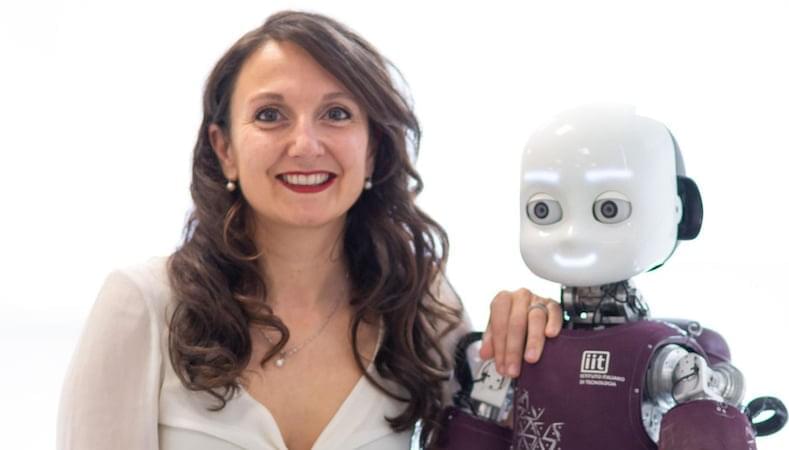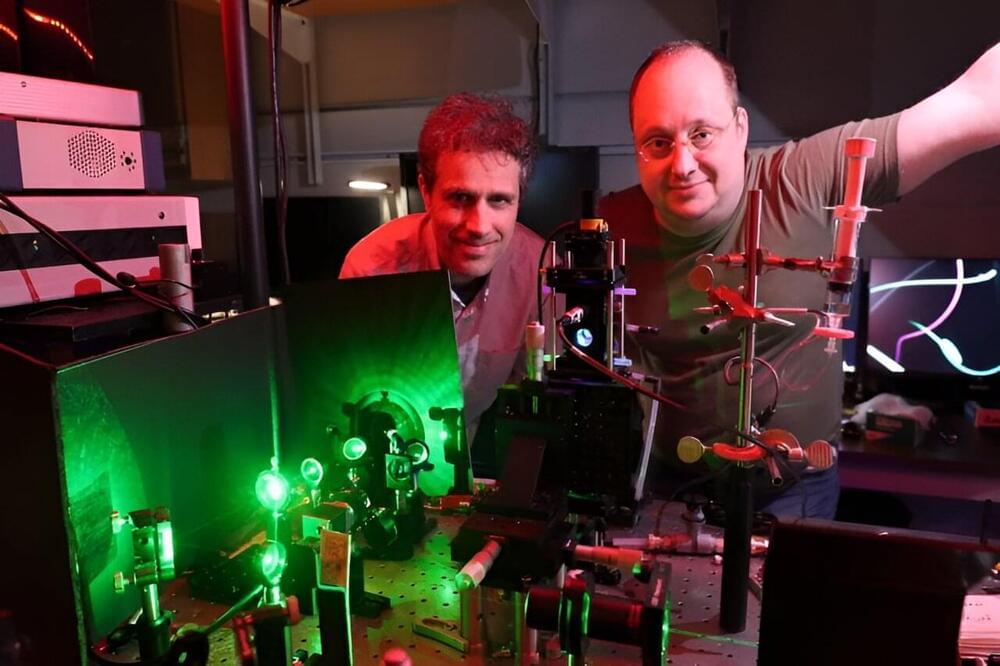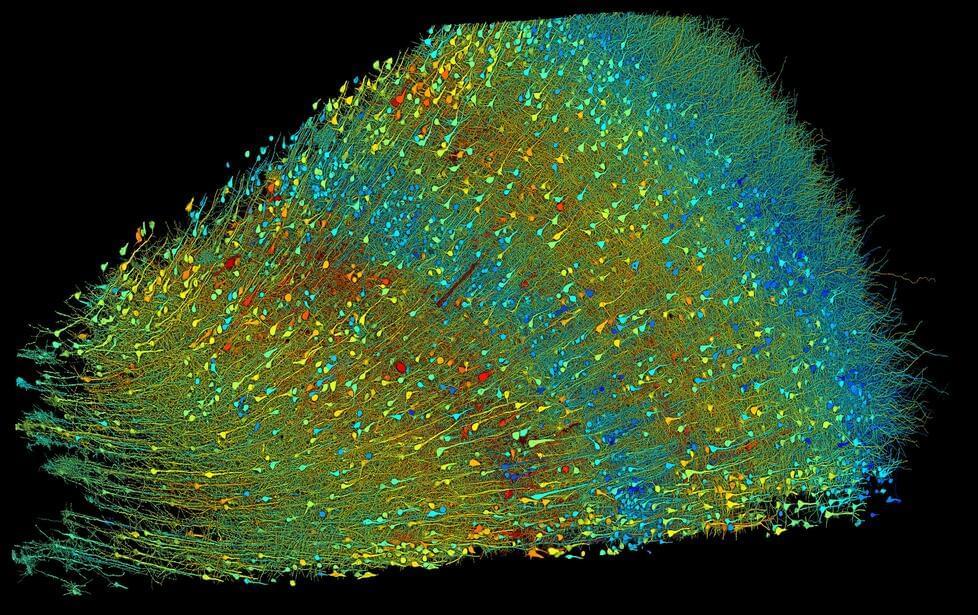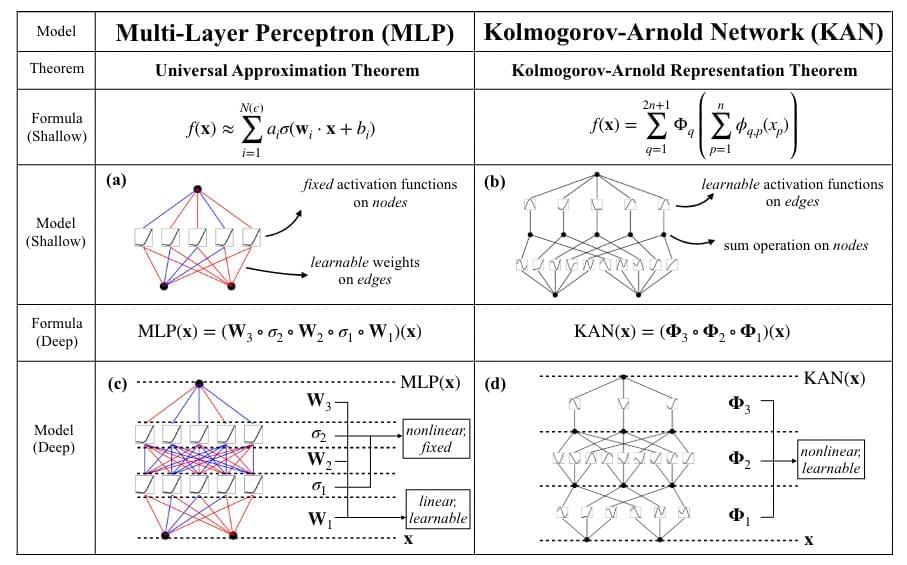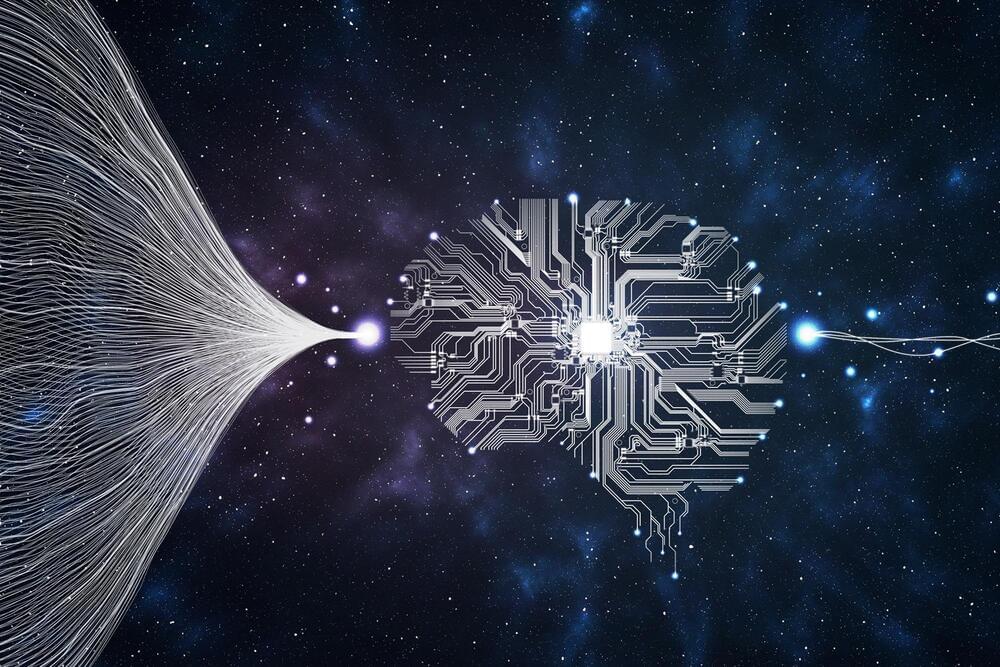Some people, like Sam Harris, say that science has values of its own. According to him, even a statement like “Water is two parts hydrogen and one part oxygen” is value-laden. But I don’t think that it is value-laden, it is simply a factual statement. Perhaps demonstrating that statement to be true requires values, but that statement by itself is true whatever your values are. So, then, what have professional philosophers (besides Sam Harris) written or said about this matter, of whether science is value-free, and also whether even basic scientific statements are value-free?

